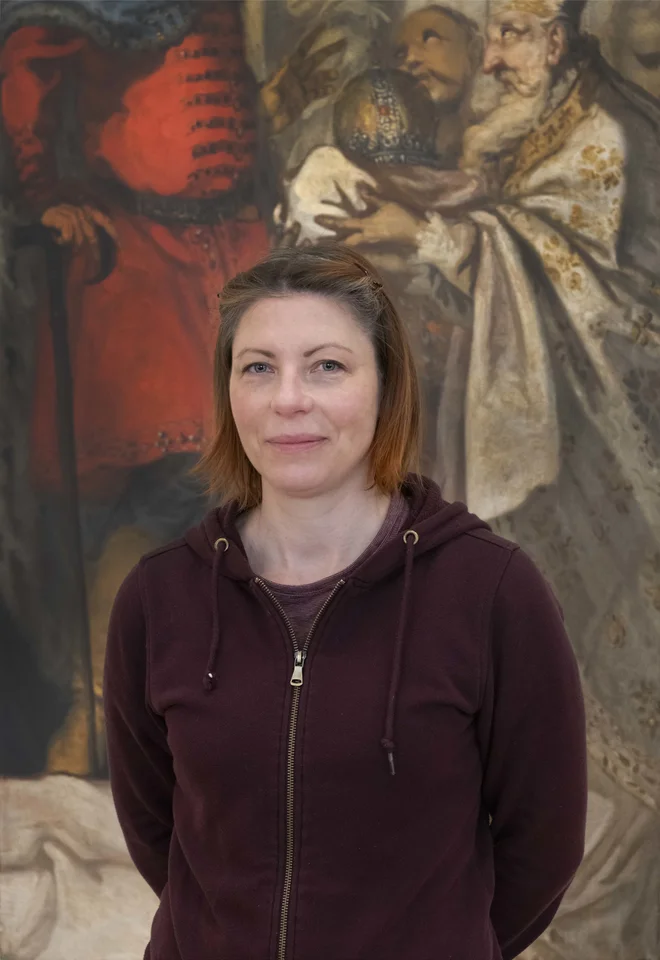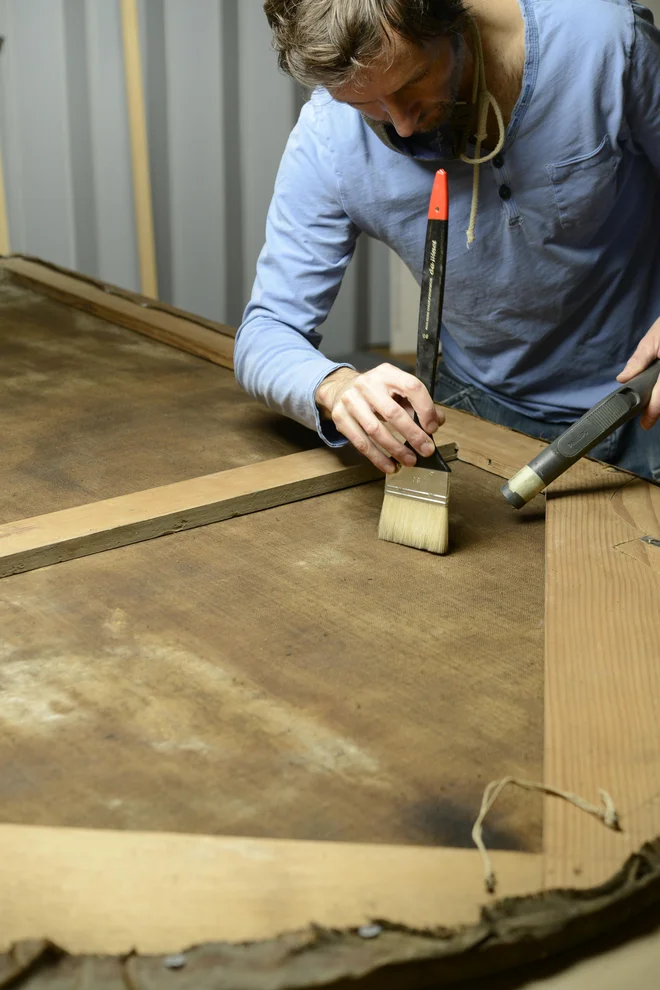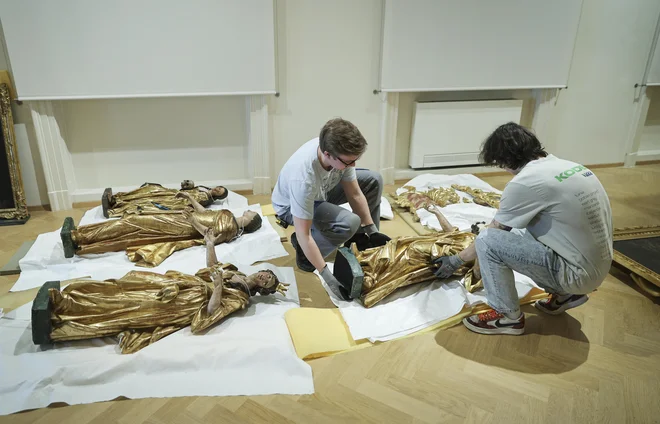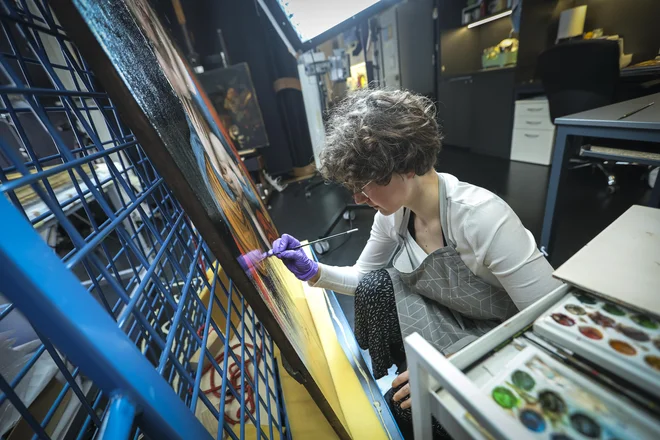Baroque restoration is a pleasure

« Baroque is a period marked by rich details, shapes and decorations, so it is necessary to have a lot of expertise and precision in maintaining these elements, » she said Andreja Ravnikarthe leader of the conservation and restoration work at the exhibition Baroque in Slovenia.
Conservators and restorers play an important role in preserving, renovating and protecting artwork. They are already involved during the first preparations for the exhibition, explained Andreja Ravnikar, so they are also included in visits to the field and in locations that are of interest to the curators for joining the exhibition. “At the locations of feeding artworks, we review their condition, document them, and evaluate whether the work is suitable for transport and disassembly. Since there is a lot of part for viewing, we try to classify them by conservation and evaluate how long it takes to prepare an artwork to present the public. In the continuation of preparations, we monitor the transport of artworks into the gallery, protect them properly before the transfer and monitor the proper handling of them. «
Andreja Ravnikar Photo: National Gallery
Discovering interesting details
At the Gallery, Conservators and Restorators are reviewing the work in detail and the first to find interesting details that help curators interpret the works and their placement in a broader context. Such an example was the discovery of an inscription that confirmed the authorship of the painter Francesca Trevisaniafter removing the canvas on the back of the image, which they had long been convinced of is just a copy of his work. In restoration, they adhere to the ethical principles that it is not interfered with the originality of the object, its integrity, and that its historical significance is maintained. “In all the works of art – the Baroque period does not stand out – the materials can be very sensitive to changes in moisture and temperature, so we need to provide safe storage in the gallery. Since the baroque works are mainly brought from the cold and humid environment of the churches, they are often infected with insects, so we make sure that the gallery is kept separately from others, ‘healthy art’ until we have long -term insect suppression. In our studio, we have prepared just over a hundred works for the exhibition during the several months, especially paintings on canvas, wood, sculptural works and paper material. «

The renovation of the work for the exhibition lasted several months. Photo: National Gallery
She added that the Baroque painting technology was unproblematic, in the sense that the painters used to use good materials and tested classical painting or creation technology that had been preserved relatively well to this day. « Many of the work has been restored many times to date, and even today, most restorers are restoring baroque works, because most of the restoration intervention is mostly no special surprises. »
Most of the restoration work was this time being removed by impurities, especially in artwork from churches, which are often very dirty due to accessibility. “With most works, we removed dust and other stains, spent the backs of the images and supplemented the disturbing missing parts of the decoration or paintings. There were quite a few decorative frameworks of images, which were also stabilized and aesthetically supplemented. ”The biggest challenge was the amount of material they had to prepare, as well as the physical size of the works, since the restoration studios are usually adapted for smaller works. The artworks themselves into the building and their temporary storage in depots are demanding.

Setting up the Baroque exhibition in Slovenia in the National Gallery Photo: Jože Suhadolnik
“In the end, we have jointly found solutions to carry out the project correctly to this point. At the moment we are barely halfway through, because there is still a return of the rented artworks. ”When choosing exhibits for the current exhibition, they were careful that they did not choose the works that were very damaged but could not completely avoid it. Many interventions began at an early stage of preparation. “For example, they were a picture Francesca Fonttebass Ana teaches Mary Brati and Pittoni St. Boštjan and heavily destroyed clay busta Karla VI. sculptor Francesca Robba In our hands for quite a few years. We were dealing with extensive mappings and a large scale of the missing canvas and color layers that we had to reconstruct. «

National Gallery Restoration Center Photo: Jože Suhadolnik
Always in agreement with the owner
The owners are usually impressed with the restored work, but most of all, it seems important to see it at the exhibition in the company of other important works of art. “The restored work represents their commitment to preserving historical and cultural importance, which goes beyond their personal interests. Restoration intervention is a long -awaited process for them, which is also a sign of their respect for the past and tradition. «
They perform any intervention in the artwork in agreement with the owner, and previously informs them that the restoration will result in a change in the original appearance of the work, which they must be prepared for. “Most often, the owners are fascinated and grateful to the restorers for the work we do, including for the knowledge, skills and time we dedicate. They are also reassured by the fact that part of history has been preserved in its best image and will continue to tell the story of the past or serve as a source of inspiration for future generations. «







